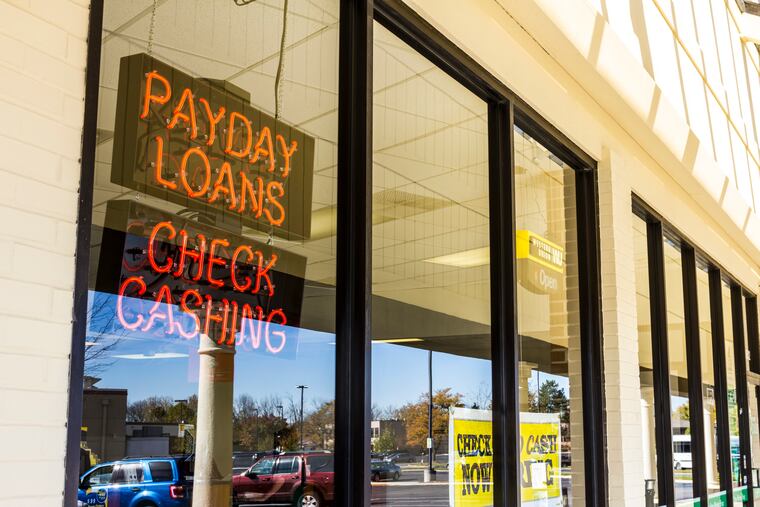Why small-business owners should pay employees on the same day
A growing number of business owners are seeing the benefits of paying employees on the same day for their work.

A growing number of business owners are seeing the benefits of paying employees on the same day for their work.
